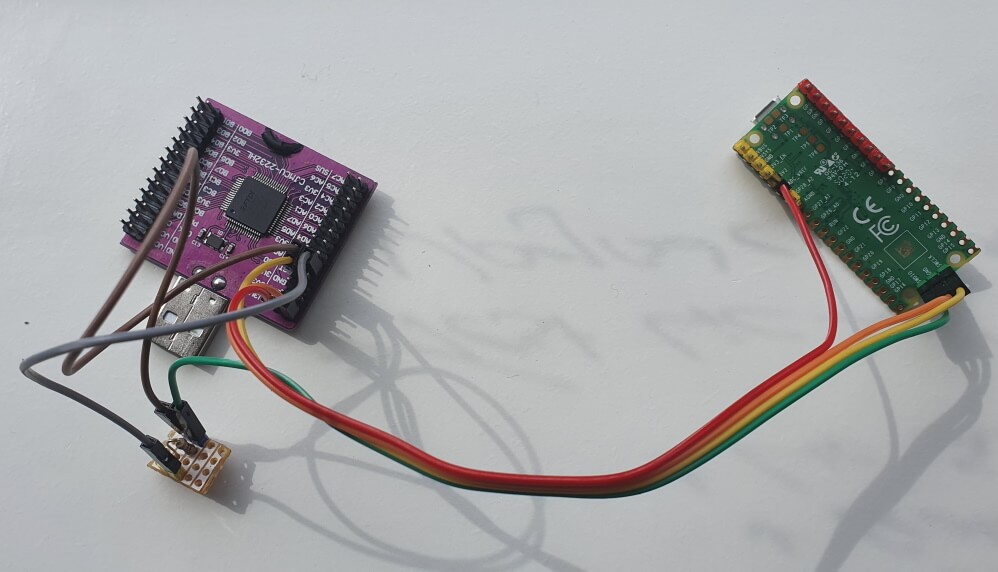
The Raspberry Pi Pico then is the latest offering from the manufacturers of the Raspberry Pi. (That was how I ran it on my Mac-if you're on Linux or Windows, the path for the USB volume will be different.What is Raspberry Pi Pico? If you are a young maker, chances are you already know about the Raspberry Pi. Run the following command to compile the led-blink configuration and flash it to the Pico: $ esphome run led-blink.yml -device /Volumes/RPI-RP2 Hold down the BOOTSEL button on your Pico as you plug it into your computer using a USB cable, and it should mount on your computer with a volume label like "RPI-RP2". That should return something like 2022.7.0-dev.įor my Pico, just to make sure everything was working end-to-end, I created the following ESPHome config and named it led-blink.yml: esphome:

Make sure the install is working correctly with esphome version.Use pip3's source install feature to install from the pull request fork: pip3 install git+.If you already have ESPHome installed on your computer, uninstall it for now.Make sure you have Python 3 installed on your computer (check ESPHome's guide for instructions.Hopefully the work is merged into ESPHome soon (along with WiFi support for boards like the WIORP2040 that support it), but for now, if you want to test out ESPHome on a Raspberry Pi Pico or another RP2040 device, here's how: Naturally, I took it for a spin, and to my surprise-after working with the author to get some library versions updated so they'd run on my M1 Mac-basic functionality worked perfectly! So I was digging around, and I found there's actually a PR to add support for the RP2040 platform to ESPHome!

I'm not an expert in embedded programming by any means, but I've played with Arduinos, the ESP8266, and Raspberry Pi's RP2040-all of which are great for building little low-power home sensors to integrate into my Home Assistant Yellow.īut doing so requires a bit of programming work in MicroPython or C, and while it's not rocket science, the more I've seen of ESPHome and how you basically set up YAML files to flash your devices, the more I've been jealous of how easy ESP users have it. A couple weeks ago, I glanced through my ever-growing collection of Raspberry Pi RP2040-based boards-pictured above are three of the boards I've tested: a Cytron Maker Pi RP2040, a Raspberry Pi Pico, and a Seeed Studio Wio RP2040.


 0 kommentar(er)
0 kommentar(er)
